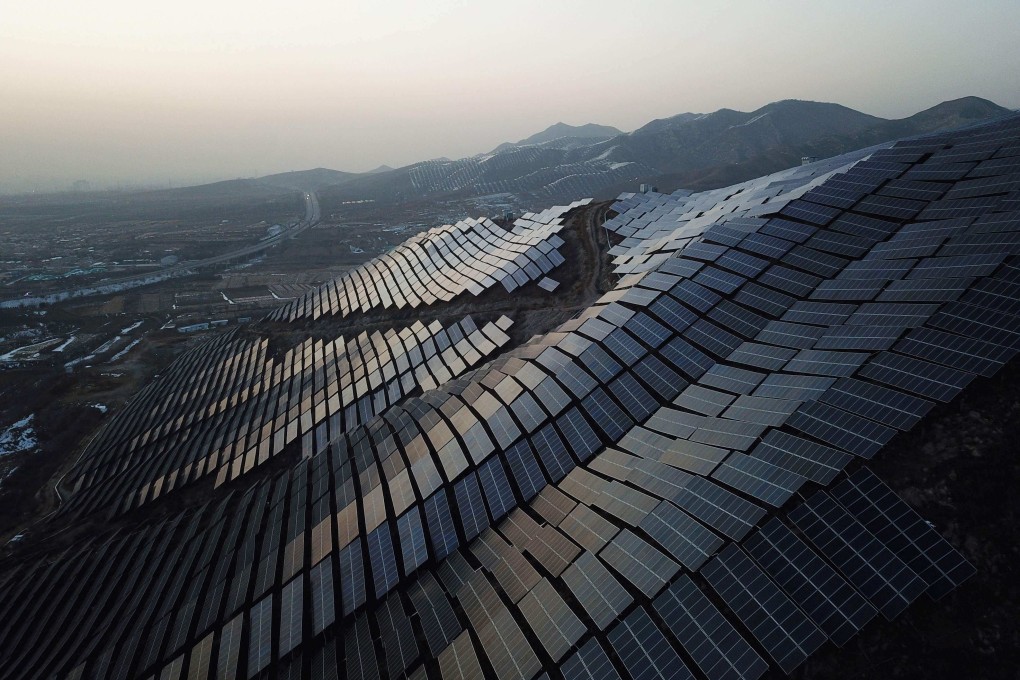Advertisement
Macroscope | Shift to renewables can strengthen national energy security, but won’t put the brakes on globalisation
- Green investment plans in the US, Europe and Asia are being driven not only by environmental goals but by a desire to strengthen energy self-sufficiency
- Yet, when renewable systems depend on the supply of everything from minerals to advanced chip technology, building them will require global cooperation
Reading Time:3 minutes
Why you can trust SCMP

Last year was an important milestone for green energy development: for the first time, global investments in renewable energy matched the amount invested in traditional energy, with funding for renewables increasing by US$250 million over the year to reach US$1.1 trillion. While China and the US still account for around 50 per cent of all green investments, other economies are quickly ramping up their own spending plans.
Last week, the European Commission unveiled its US$270 billion Green Deal Industrial Plan, following in the footsteps of America’s US$369 billion Inflation Reduction Act, China’s US$63 billion clean energy subsidies, India’s pledge to invest US$4.3 billion in green technology, and Japan’s plan to issue US$150 billion worth of “green transition” bonds.
The EU plan has four main pillars: establishing a predictable and simplified regulatory environment; accelerating access to state funding; enhancing skill sets required to facilitate Europe’s green transition; and pushing for greater resilience of supply chains related to the clean energy transition.
Advertisement
While the plan is yet to be passed into law, it does show the European Union’s strategic direction to enhance the region’s competitiveness in green technology, safeguard its renewable energy supply chains and establish sustainable access to critical raw materials. More importantly, it epitomises the global drive to establish a sustainable and resilient energy system.
Unsurprisingly, investments in renewable energy are driven by both environmental goals and energy security concerns. While the attainment of net-zero and carbon-emission targets are central to the development of both the US and EU plans, it was the fears around energy security as a result of the Russia-Ukraine crisis, to a large extent, that set the wheels in motion.
Advertisement
In 2020, Russia accounted for more than 40 per cent of Europe’s natural gas imports and more than 17 per cent of global natural gas production. So, when its gas supplies went offline, the result was significant volatility in energy markets. What followed was a surge in inflation, which squeezed household budgets and weighed on consumer livelihoods.

Advertisement
Select Voice
Choose your listening speed
Get through articles 2x faster
1.25x
250 WPM
Slow
Average
Fast
1.25x
